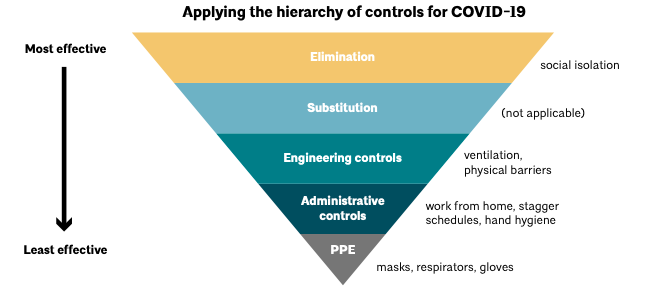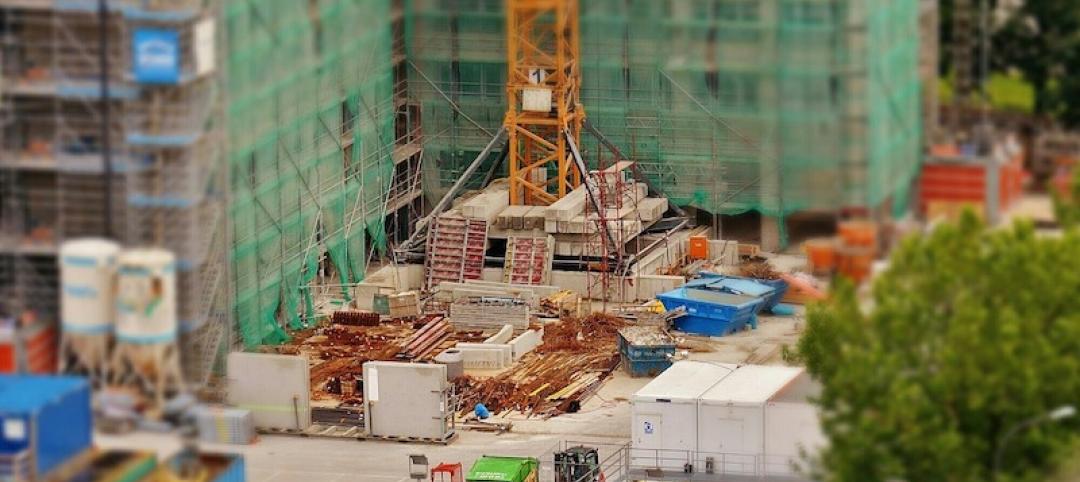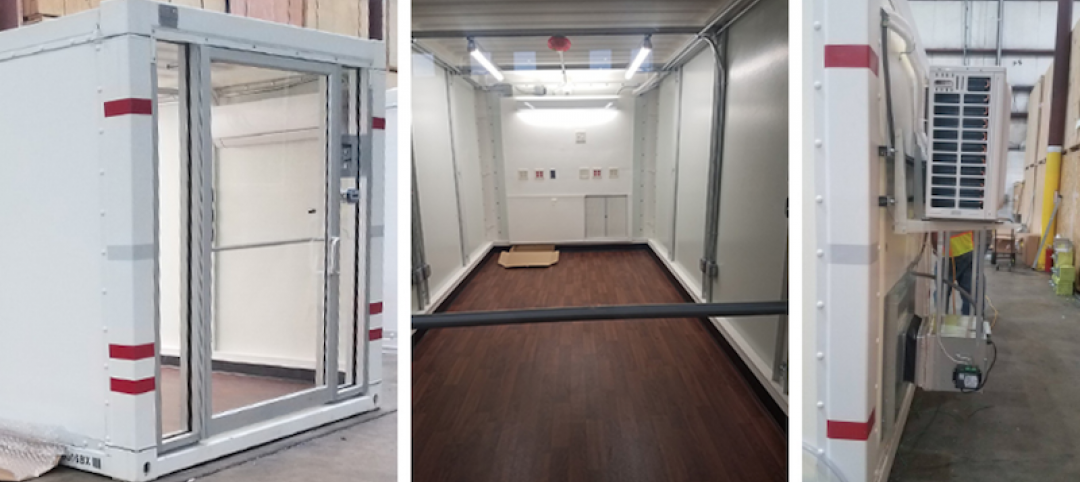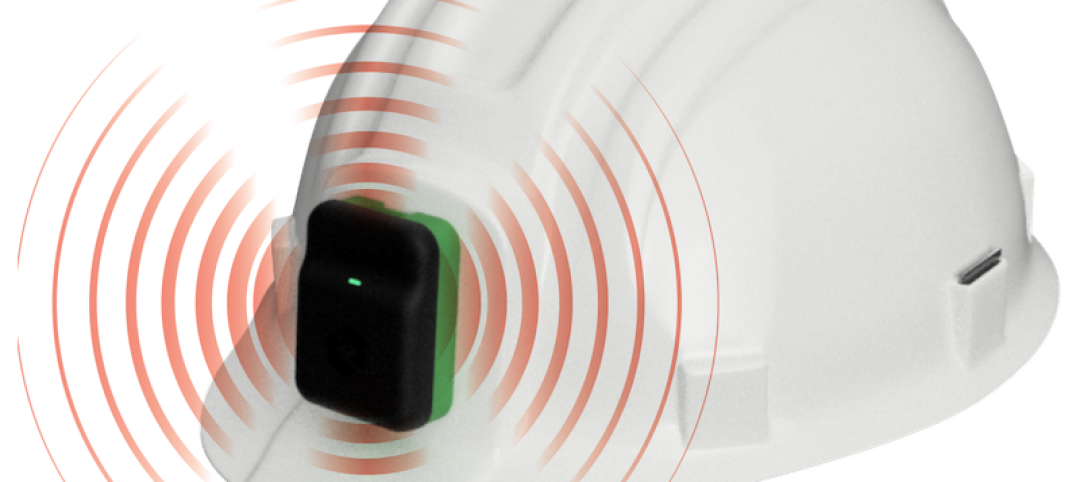The American Institute of Architects (AIA) is releasing a new Re-occupancy Assessment Tool today that provides strategies for limiting exposure to COVID-19 in buildings.
"Design is a response to the conditions, needs and functions of our society,” said AIA 2020 President Jane Frederick, FAIA. “This may be the most pivotal and defining moment in our lifetime for design. Architects are needed in this crisis to help safely transition our communities back to offices, schools and the many other places that are important in shaping our daily lives.”
AIA’s Disaster Assistance Committee developed the Re-occupancy Assessment Tool to provide public officials, businesses and architects with practices that protect the health, safety and welfare of the public while businesses, stores, restaurants, etc., reopen. The tool provides a framework of strategies and general mitigation measures that can help reduce exposure to COVID-19.
Using credible science, a multi-disciplinary team of architects, public health experts, engineers, product designers, and facility managers will evaluate behavioral, spatial, material and operational strategies to customize the tool for a variety of building types, including:
• offices;
• schools (K-12);
• multi-unit dwellings;
• retail establishments, restaurants; and
• senior care facilities.
Findings will be released in phases as they become available, with a priority focused on strategies that address immediate needs. Long-term strategies will also be developed for making buildings more resilient in the face of pandemics, natural hazards, climate change and other risks.
Visit AIA’s website for more COVID-19 resources for architects.
Related Stories
Coronavirus | Apr 23, 2020
It's time to make your back-to-the-office plan
Here are some practical, tactical considerations for reuniting.
Coronavirus | Apr 22, 2020
Architecture Billings Index points to major downturn in commercial construction
Largest monthly decline in billings a direct result of pandemic response.
Coronavirus | Apr 22, 2020
Construction activity in 2020 expected to drop steeply
[Dodge survey] Contractors girding for recession.
Coronavirus | Apr 21, 2020
COVID-19 update: CallisonRTKL, Patriot, PODS, and USACE collaborate on repurposed containers for ACFs
CallisonRTKL and PODS collaborate on repurposed containers for ACFs
Coronavirus | Apr 20, 2020
Virtual site visits help control infection on project sites
As COVID-19 threatens to slow construction work, point cloud technology helps us work safer and faster.
Coronavirus | Apr 19, 2020
IoT system helps contractors keep their distance on the jobsite
Triax Technologies’ wearable Proximity Trace device can be used for contact tracing.
Coronavirus | Apr 19, 2020
A COVID-19 task force focuses on crisis communications
The Castle Group is partnering with leading health experts to help companies factor science and medicine into their response messaging and actions.
Coronavirus | Apr 17, 2020
NMHC Multifamily Construction Survey shows significant delays in apartment construction
Survey asked construction firms how the spread of COVID-19 is affecting construction permitting, starts, completions, materials and labor.
Coronavirus | Apr 17, 2020
The case for public space in the age of COVID-19
As our daily footprint narrows under “stay at home” measures, we must reconsider our relationship with public spaces.
Coronavirus | Apr 16, 2020
COVID-19: Pennsylvania building products supplier raises $1.2 million for Pittsburgh-area food bank
Pennsylvania building products supplier raises $1.2 million for Pittsburgh-area food bank.

















